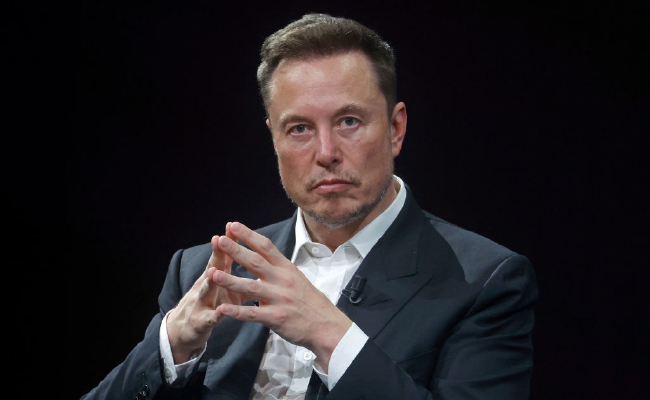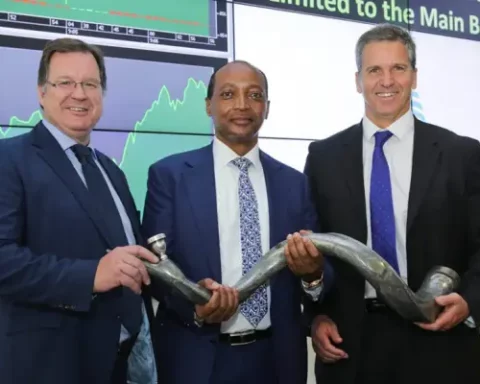Tesla seems to be in a bit of a pickle about what to do about paying its CEO, Elon Musk.
The richest man in the world hasn’t received any remuneration from the electric vehicle (EV) company since 2018. And, given that at the beginning of this month Delaware judge Kathaleen McCormick stymied a second attempt to award him the headline-grabbing $56bn package, it looks like it could be a while longer before he sees any payment for what he’s achieved at Tesla.
That $56bn package is now worth about $130bn thanks to a recent surge in the Tesla share price; a surge that isn’t directly related to EVs but rather to Musk’s seemingly robust friendship with US president-elect Donald Trump.
Given the eccentricities of both parties the affair may not last too long into Trump’s second presidency. But if it does, Musk might be rewarded by a few tax changes that would enable him to avoid the crippling costs of a revised but still generous remuneration package based on the 2018 share price.
That’s assuming an appeal of McCormick’s latest decision is unsuccessful, which isn’t inevitable. Tesla has said it is appealing and there’s no doubt the best outcome for the company and its mercurial CEO would be a win in the Delaware Supreme Court. The company would only have to take a modest $2.3bn accounting cost and Musk would face a manageable tax bill.
That court might be swayed by the fact that Tesla shareholders have twice voted persuasively in favour of the award and that the performance of the Tesla share price has substantially exceeded even the most ambitious targets contained in the 2018 proposal. Though the court may still wonder whether it was really necessary to hand over 12% of the company to achieve that performance.
Of course, there is the possibility that Trump and Musk might fall out, and that Trump’s pro fossil fuels stance will undermine demand for EVs. Either or both of these could send the share price into reverse.
But things would have to turn really bad for Tesla’s market capitalisation to slump below the $650bn target contained in the 2018 plan.
Then there’s the possibility that Tesla might lose its appeal or decide to scrap the appeal and also scrap the 2018 proposal because of the prolonged uncertainty. Presumably it would then decide to put in place a similar but new remuneration package, one that addresses the concerns that prompted judge McCormick’s rejection: namely that Musk held too much sway over its board. However, the combined cost to Tesla and Musk of such a move could be well over $100bn.
A Financial Times article estimated (before the recent share price surge) that because of the strength of its share price since 2018, Tesla could be looking at a $50bn-plus accounting charge for a new package with similar terms. Recall that the accounting charge for the original proposal was $2.3bn, when the share price was $23.34. And then there’s the 57% tax rate Musk would face on the profits realised from exercising his 304-million Tesla shares. All in all, a new package would come with hefty costs.
‘Jaw-dropping milestones’
Perhaps the best thing for Tesla shareholders would be a continuation of the current uncertainty. Though uncertainty is never a good thing for investors, in this instance it might be handy to avoid committing to an eye-wateringly large remuneration package until things between Trump and Musk look more settled. That would also allow a little extra time to determine whether EVs, and Tesla’s in particular, remain a thing of the future or, thanks to Trump, of the past.
Mind you, the lack of certainty, and the absence of remuneration for Musk, does seem a tad unfair. As the richest man in the world he’ll manage okay, but he has created huge wealth for Tesla shareholders and deserves payment for that. Indeed, a recent article in the European Corporate Governance Institute’s working paper series argues that the original 2018 package represented one of the best value-for-money remuneration packages ever awarded to the CEO of a US company.
The article, “Musk’s $56bn: Pay, Incentives or Reward?” by Jeffrey L Coles, Naveen Daniel and Lalitha Naveen starts off by slamming the media for describing it as a $56bn package when comparing it with other CEO packages. This, they contend, gives the impression the $56bn is payment for one year. In fact, it is for 10 years. And, given that the “fair value” or the cost to the firm was $2.3bn, the appropriate annual figure to use, they say, is $230m.
What’s more, that $230m was never guaranteed. To get it Musk faced some daunting performance challenges. The authors quote a 2018 article from the New York Times to highlight just how daunting: “As executive compensation plans go, Tesla’s is about as friendly to shareholders as they come … Mr Musk will only be paid if he reaches a series of jaw-dropping milestones … (if) Mr Musk were somehow to increase the value of Tesla to $650bn (from $50bn), a figure many experts would contend is laughably impossible …”
The authors’ own research, covering the performance of firms between 1950 and 2017, revealed that only 1.2% of firms observed achieved the sort of revenue and adjusted earnings before interest, tax, depreciation and amortisation targeted by Tesla’s 2018 remuneration plan. And recall, Musk significantly beat those targets.
Yet, for now, the outcome of this battle may be the last thing on his mind.
Picture: Getty Images, Chesnot.
Sign up to Currency’s weekly newsletters to receive your own bulletin of weekday news and weekend treats. Register here.









